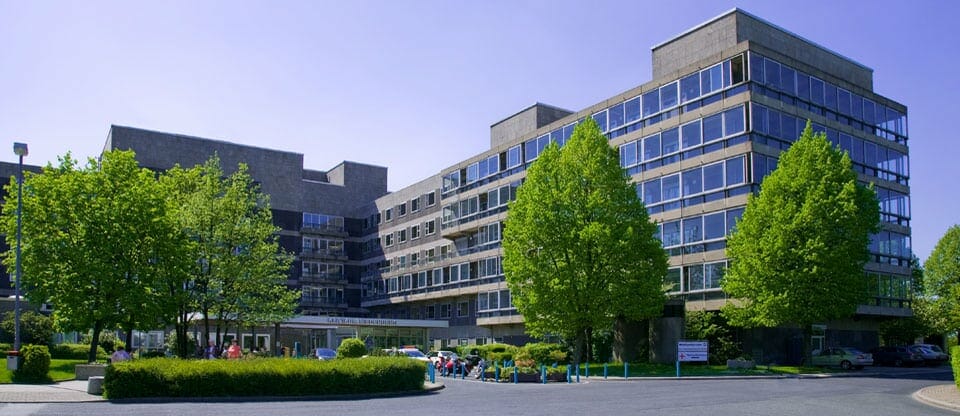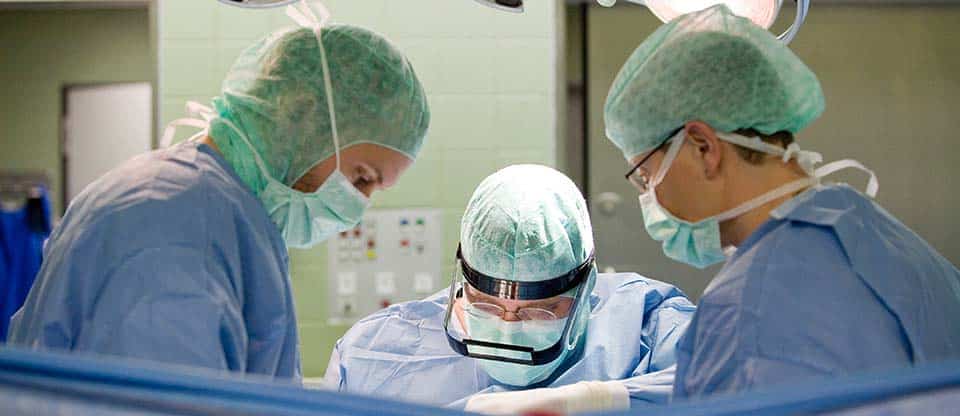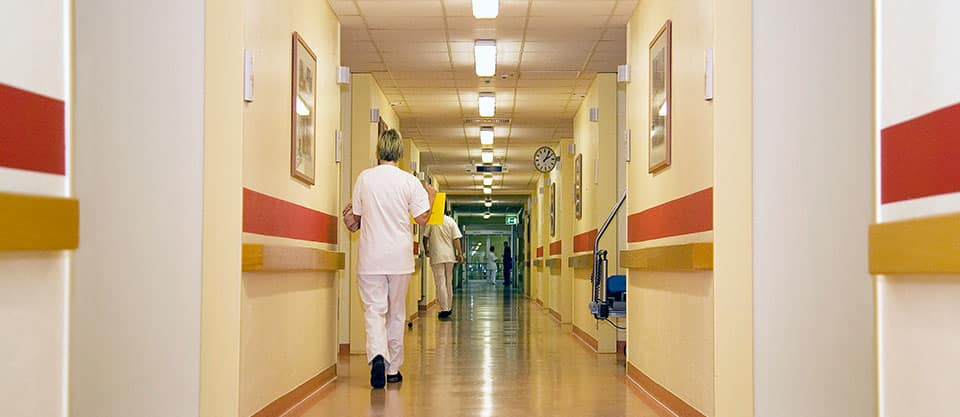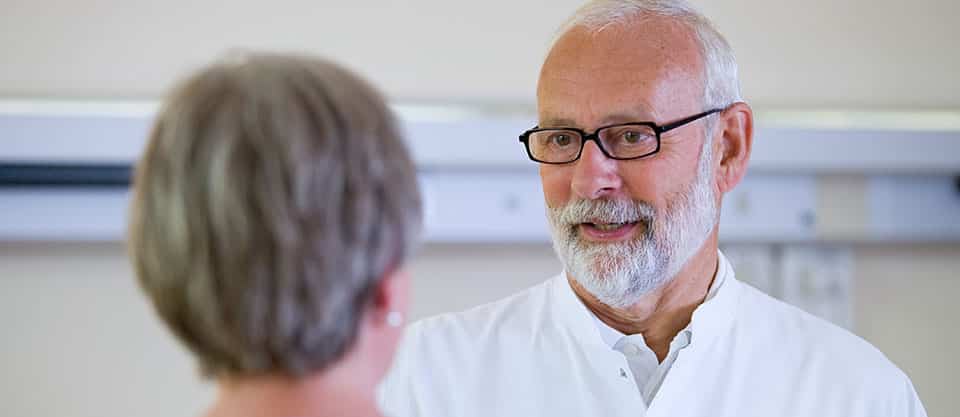Treatment for bladder cancer depends primarily on the type, location, and stage of the tumor. There is a fundamental difference between the treatment of non-invasive carcinomas in the muscle layer and invasive carcinomas in the muscle layer (with the spread of the tumor to the muscle layer).
Non-invasive into the muscle layer bladder cancer
75% bladder carcinomas grow as non-invasive in the muscle layer of the tumor, or they are detected early. Thus, they make up the majority of treated bladder tumors. This includes forms pTa, pTis And pT1. With them, only the inner wall of the bladder is affected without the tumor growing into the muscle layer.
The method of choice is the so-called transurethral resection (TUR—B). With it, a rigid tube is inserted into the bladder through the urethra, through which the doctor can insert instruments and remove the tumor. To minimize the risk of recurrence of the tumor, often after 2 to 6 weeks, the next operation (subsequent removal) is performed. Additionally, local chemotherapy (installation therapy) can be performed after the operation. The drug is administered through a catheter and acts only in the bladder. Installation therapy reduces the risk of tumor recurrence, but is not possible and appropriate at all stages of the tumor.
Muscle invasive bladder cancer
A tumor is considered invasive or infiltrating if it has grown into the muscle layer (stages pT2–4). In this case, transurethral resection (TUR—B) is insufficient, and the entire bladder (radical cystectomy) and pelvic lymph nodes must be removed. In men, the prostate with both seminal vesicles is also removed and both vas deferens are cut. In women, the uterus, ovaries, fallopian tubes and part of the vaginal wall are additionally removed.
After removal of the bladder, urine is more often excreted through the intestine, placed between the ureters and the anterior abdominal wall, into a bag glued to the outside of the abdominal wall (ileal conduit). Another option is to create an artificial bladder from a portion of the small intestine that connects to the urethra. This allows urine to pass naturally, but may be associated with complications such as incontinence (uncontrolled urination), or incomplete emptying of the bladder. In such cases, urine must be additionally released several times a day with a catheter. In cases where it is impossible to surgically remove the bladder from a patient, it is possible to use a combination of transurethral resection (TUR—B), radiation and chemotherapy. But until today, there is no sufficient evidence that this combination (especially in locally advanced stages) gives relatively the same results as surgical removal of the bladder.
Chemotherapy
For advanced tumors (stages pT3–4), additional chemotherapy may be considered before or after surgery to improve treatment outcomes and reduce the risk of subsequent daughter tumors. The therapy is carried out before or in the first 3 months after the operation. In the presence of metastases, for example in the lungs or liver, chemotherapy is the only way to prolong life.
Chemotherapy aims to kill cancer cells throughout the body with drugs that inhibit cell growth (cytostatics). Cytostatics work very well against rapidly growing cells, this property is especially suitable for cancer cells.
As a rule, it is impossible to achieve recovery from bladder carcinoma only by giving cytostatics. But it is possible to stop the growth of the tumor with chemotherapy for a certain time in case of a tumor that has advanced / with metastases, and prolong the life time. Complaints and pains caused by the tumor subside, and in a small proportion of patients, a significant reduction in the tumor can even be achieved.
In order to achieve the greatest possible effect against tumor cells and to reduce side effects, combinations of variously acting cytostatics are often prescribed. Treatment is carried out in many cycles lasting many weeks. Long recovery pauses are made between cycles, during which the patient can recover from side effects. Cycles of therapy are generally repeated 3 to 6 times. How many cycles are needed in each case depends on how the treatment is tolerated and how it affects the tumor.
Normal fast-growing tissue also suffers from cytostatic treatment. First of all, the mucous membranes of the stomach and intestines, the hematopoietic system of the bone marrow, and hair roots are affected. Chemotherapy may be accompanied by symptoms such as nausea, vomiting, diarrhea, hair loss, increased susceptibility to infectious diseases, and a tendency to bleed. Side effects can be prevented or reduced with measures or medications. The main part of the side effects of chemotherapy disappears with the discontinuation of the cytostatics.
Radiation therapy
The action of radiation therapy is aimed at the destruction of cancer cells. Irradiation for cancer of the bladder is prescribed either as the sole method of therapy, or in combination with chemotherapy (radiochemotherapy). Radiation therapy is given externally through the body. Due to the close proximity of the bladder to the rectum, radiation therapy can cause side effects in this area. Despite careful planning and implementation of treatment, the appearance of undesirable manifestations during radiation therapy must be taken into account. They may appear either during therapy (eg, diarrhea, nausea, bloody rectal discharge) or weeks or months after treatment. Most often, side effects subsequently disappear or are greatly weakened.
Video
Request appointment
Useful links















